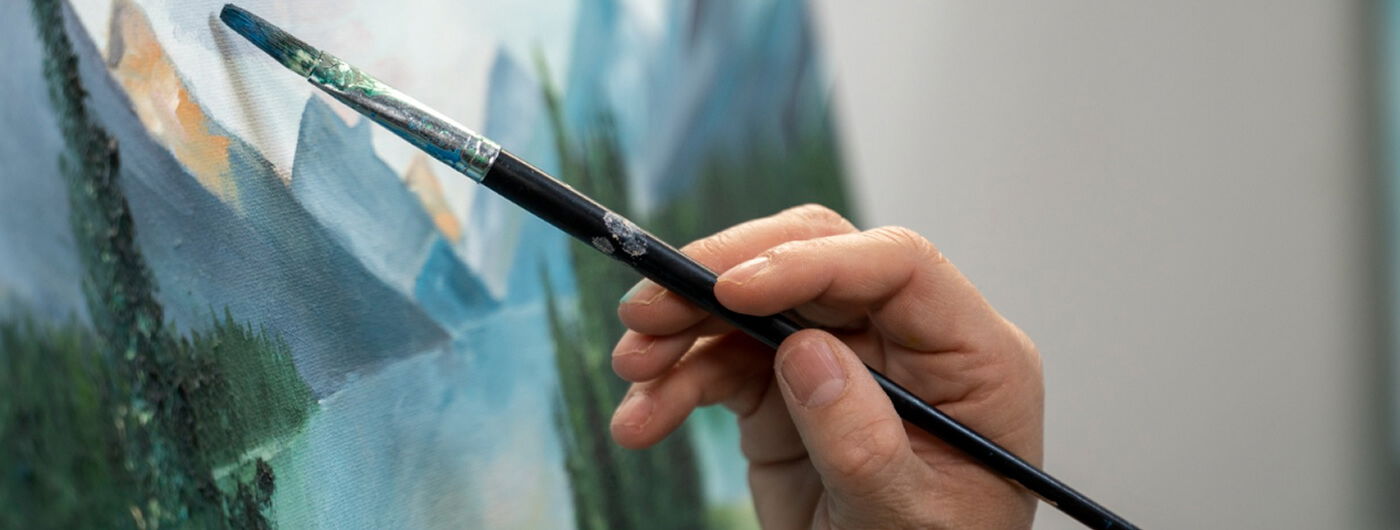Art of Layering Oil Paint
Oil painting is a medium rich in tradition and complexity, allowing artists to achieve remarkable depth and texture in their work. One of the most powerful techniques in oil painting is layering, which can bring your artwork to life with subtle transitions, vibrant colors, and intricate details. Whether you’re a beginner or an experienced painter, mastering the art of layering is essential to creating compelling oil paintings. In this post, we’ll explore the key principles and techniques for effective layering in oil painting.
Layering is a fundamental technique in oil painting that involves applying multiple layers of paint, each building upon the previous one. This process allows artists to create depth, adjust colors, and refine details gradually. Unlike other painting mediums, oil paint’s slow drying time makes it ideal for layering, as it provides ample time to work with the paint and make adjustments.


Photography by Richard Winters
The standard chunk of Lorem Ipsum used since the 1500s is reproduced below for those interested. Sections 1.10.32 and 1.10.33 from “de Finibus Bonorum et Malorum” by Cicero are also reproduced in their exact original form, accompanied by English versions from the 1914 translation by H. Rackham.
Starting with an Underpainting
Layering is a fundamental technique in oil painting that involves applying multiple layers of paint, each building upon the previous one. This process allows artists to create depth, adjust colors
and refine details gradually. Unlike other painting mediums, oil paint’s slow drying time makes it ideal for layering, as it provides ample time to work with the paint and make adjustments.
The first step in the layering process is the underpainting. This initial layer serves as the foundation for your painting, establishing the composition, values, and overall mood. Typically, underpaintings are done in a monochromatic palette, using a neutral color like burnt sienna or raw umber. This helps to create a tonal map that guides your subsequent layers.

You should think like artist in your painting and get best export
Oil painting is a medium rich in tradition and complexity, allowing artists to achieve remarkable depth and texture in their work. One of the most powerful techniques in oil painting is layering, which can bring your artwork to life with subtle transitions, vibrant colors, and intricate details. Whether you’re a beginner or an experienced painter, mastering the art of layering is essential to creating compelling oil paintings. In this post, we’ll explore the key principles and techniques for effective layering in oil painting.

rosetyler
There are many variations of passages of available, but the majority have suffered alteration in some form, by injected humour, or randomised words which don't look even slightly believable. If you are going there isn't anything embarrassing hidden in the middle of text.


